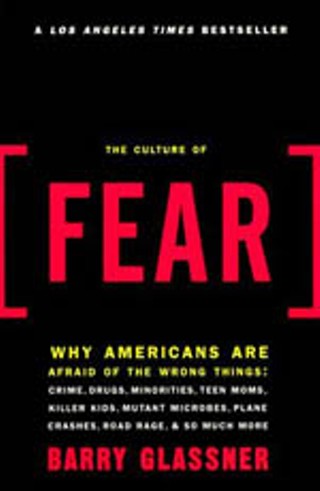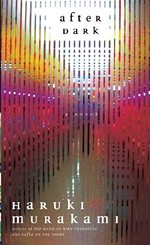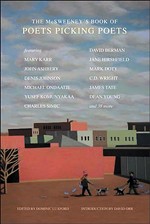In Person
Barry Glassner on fear in the media and how to hide a pony
By Jess Sauer, Fri., April 8, 2005

Barry Glassner
Hogg Auditorium, March 31
In the late Nineties, violent crimes committed by minors were on the decline. Nevertheless, former Secretary of Education William Bennett predicted that our cities would be victimized by immoral youths that some called "superpredators." When American adults were surveyed on the subject, they estimated that 50% of violent crime was committed by youths. The actual number was 13%. Professor Barry Glassner used this as an example during his Thursday lecture at UT's Hogg Auditorium to illustrate mainstream media's tendency to transform isolated incidents into trends. "When isolated incidents are treated as trends," he said, "it has real effects on public perception of social problems." With urban youth crime decreasing toward the century's end, Glassner said, "Instead of the arrival of superpredators, violence by urban youths continued to decline, and so in the coming years the emphasis was on heinous behavior by young people in rural and suburban areas." Glassner was quick to point out that after 9/11, the very demographic we were told to fear were sent to Iraq and glorified as heroes.Glassner is the author of The Culture of Fear, a national bestseller published in 2000 and propelled to fame by Glassner's appearance in Michael Moore's Bowling for Columbine. You may recall him as the man who takes Moore to South Central L.A. in order to show there's nothing to be afraid of. Glassner covered a number of topics during his lecture on fearmongering in the media, but focused most heavily on the late Nineties and years previous to 9/11.

Glassner asked his audience to think back to 2001 and try to recall the two biggest stories of that summer, before the 9/11 attacks. The first, the disappearance of Washington intern Chandra Levy, demonstrated the media's tendency to create trends where they don't exist. The second, shark attacks, was an example of a story that recycles itself every few years or so. Glassner said that he was most fascinated on Sept. 12 with the complete disappearance of sharks, an observation he said his wife found grim.
Glassner sees the "bang gun" as an analogy for the way the media turns isolated incidents into trends as a way to distract from very real epidemics and social problems. He said that if he were a magician trying to hide a pony, the easiest way to do so would be to wave a fake gun in front of the audience and fire it at the moment he wanted the pony to disappear. In the same way, media often promotes sensationalistic, irrational fear as a way to distract from our society's gravest problems. After the shootings at Columbine, for example, Glassner said, "There was a lot of misdirection away from real trends and dangers that confront many children and adolescents, like the fact that millions are malnourished for part of each month, millions attend deteriorating schools. There was also a lot of misdirection away from the most proximate and verifiable factor in the deaths at Columbine and elsewhere, namely the ready availability of guns." In contrast to the irrational fears propagated by the media about school violence, Glassner challenged the audience to turn on any news media and try to find a story about domestic violence against youths in their homes.
It would seem that our current administration would prove particularly fruitful for Glassner, a specialist in fear's power to influence the consciousness of a nation. However, Glassner was unwilling to characterize the Bush administration as using fear more heavily than any previous administration. Although the Bush campaign certainly rode on the fear of terrorism, Glassner would not let the Kerry campaign off the hook. He said that Kerry used the fear of a draft, for which there was no basis, as a means of pandering for the youth vote: "During that campaign I was asked by the people at the Kerry campaign to consult with them on a few issues, and I said, 'Sure, if you'll stop your fearmongering campaign,' and that was the end of that consultation."
After the lecture a student approached Glassner to ask what was reasonable for him to fear. "Drunk driving," Glassner said. The student looked incredulous, and Glassner laughed. "Most rational fears aren't very exciting."








